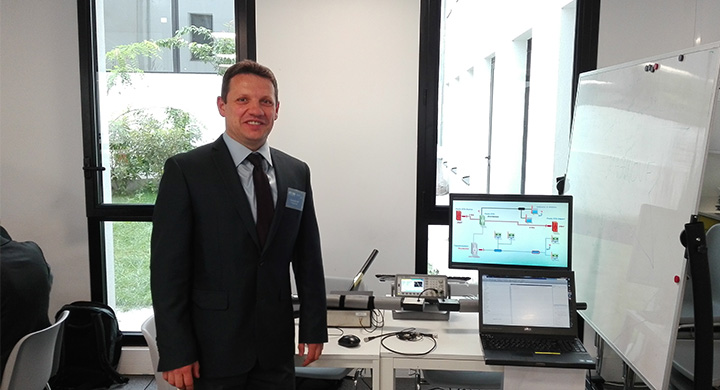Altrans monitors electrical networks
Translocator is a detection system for emerging faults in electrical networks. After having won the Grid-Up prize in 2017, the technology, which was developed at GIPSA-Lab*, led to the creation of Altrans. The startup is now responsible for continuing the technology’s development through commercialization and operation.




